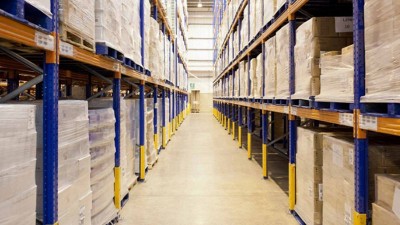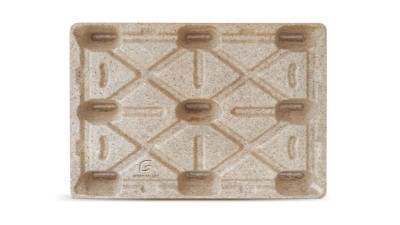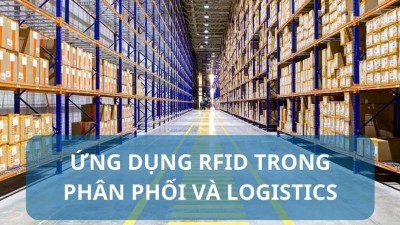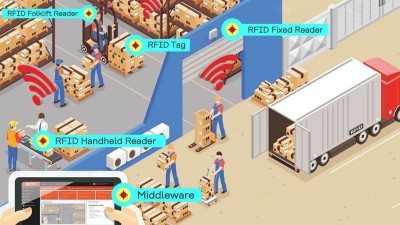Pallet Racking: Classification and Analysis of Advantages and Disadvantages
In modern warehouse systems, pallet racks play an important role in optimizing space and improving storage efficiency. Thanks to their flexible design, pallet racks can withstand heavy loads and are suitable for many different types of industrial shelves. This is a reliable solution for businesses that want to manage goods scientifically, safely and cost-effectively!
What are pallet racks?
Pallet racks are industrial rack systems specifically designed to store pallets of goods. Instead of stacking pallets directly on the floor, pallet racks help businesses optimize storage space, easily manage and ensure safety when importing and exporting goods.
In modern warehouses, pallet racks play a central role, allowing for scientific arrangement, increasing storage density many times over compared to traditional methods. Depending on the needs, load capacity and characteristics of the goods, businesses can choose many different types of pallet racks to achieve the highest efficiency.
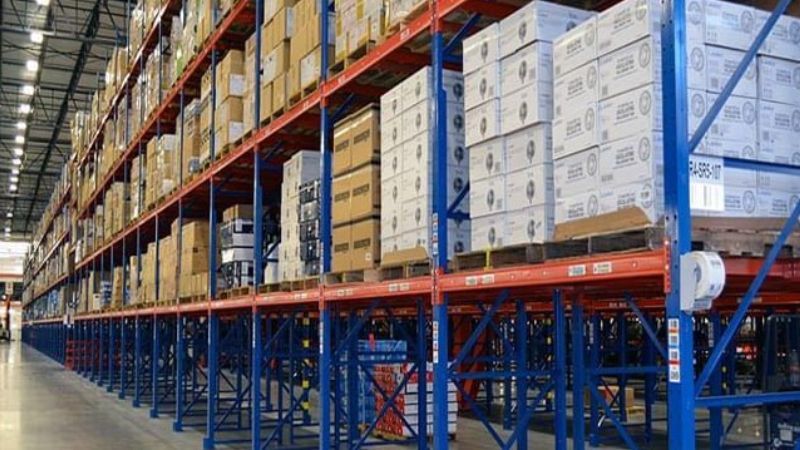
Popular types of pallet racks
1. Selective racks
This is the most popular type of pallet rack, suitable for warehouses with many types of products. Selective racks allow direct retrieval of goods at each location, flexible with forklifts, optimal for both medium and large enterprises.
2. Drive-In / Drive-Thru racks
This type of rack optimizes space thanks to high storage density. Pallets are placed deep inside the rack, suitable for the storage model of homogeneous goods in large quantities. Drive-In usually operates on the LIFO principle (last in - first out), while Drive-Thru can support FIFO (first in - first out).
3. Double Deep racks
Double Deep rack pallets are designed with two consecutive deep rows, increasing storage capacity compared to Selective. However, a specialized forklift is required for operation, suitable for warehouses with many products of the same type.
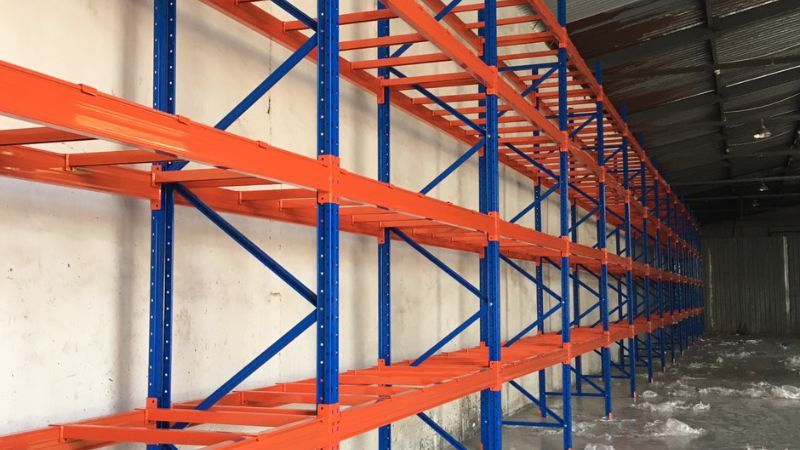
4. VNA (Very Narrow Aisle) Rack
VNA racks are designed for narrow aisles, making the most of the warehouse height. This is an ideal solution for businesses that need to expand their capacity but cannot expand their floor space.
5. Flow Rack
Roller rack systems use gravity to automatically slide goods forward. This ensures the FIFO principle, suitable for industries that require fast rotation of goods such as food and pharmaceuticals.
6. Push-Back Rack
This type of pallet rack allows multiple layers of pallets to be stacked on the same slide rail. When a pallet is removed, the pallet behind will automatically slide forward, optimizing the speed of import and export and reducing operating time.
7. Radio Shuttle Rack (Robot Shuttle)
This is a modern pallet rack system, operating automatically thanks to robots that bring pallets deep inside the rack. Radio Shuttle helps increase storage density, reduce operating labor and improve safety in large-scale warehouses.
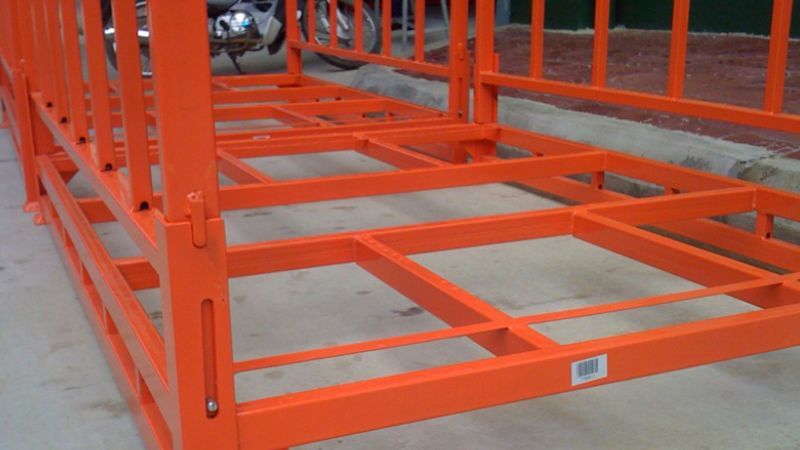
Advantages and disadvantages of each type of shelf
1. Single-tier pallet
- Advantages: Compact design, low cost, easy to move during internal transportation. Suitable for goods with medium and light weight.
- Disadvantages: Low load capacity, not suitable for warehouses containing heavy products or requiring long-term storage.
2. Double-tier pallet
- Advantages: Sturdy, high load capacity, good for use in warehouses containing heavy goods.
- Disadvantages: Higher investment cost than single-tier pallets, requires large space for storage.
3. Flat pallet
- Advantages: Flat surface, easy to stack many different types of goods, convenient for large warehouses.
- Disadvantages: Takes up space when not in use because it is difficult to combine like other types of pallets.
4. Pallet for shelves
- Advantages: Specially designed for warehouse shelf systems, good load bearing capacity, safe when stacked in many layers. This is the optimal choice for industrial warehouses and export needs.
- Disadvantages: Higher cost than conventional pallets, need a suitable shelf system to maximize efficiency.
5. Custom pallets
- Advantages: Flexible according to the specific requirements of each industry, meeting many sizes and loads.
- Disadvantages: Longer production time, high cost due to custom design.
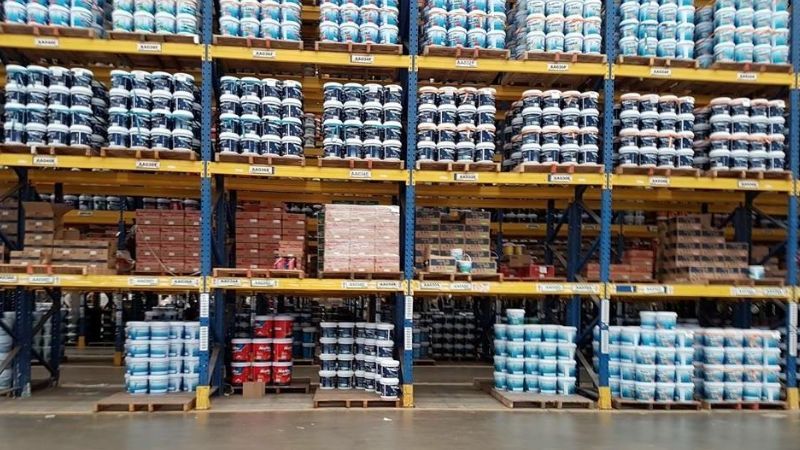
Criteria for choosing the right pallet rack
1. Pallet load and size
When choosing pallets for shelves, businesses need to clearly determine the average and maximum weight of the goods. The larger the load, the more sturdy the pallet is needed, avoiding warping or breaking when stacked. In addition, the pallet size must also be consistent with the shelf to ensure safe storage.
2. Warehouse area and height
Warehouses with limited area often prioritize pallets that can optimize space, while warehouses with large heights need to choose pallets for shelves suitable for multi-level shelf systems. This helps increase storage density while still ensuring flexible import and export capabilities.
3. Import and export process (FIFO or LIFO)
Enterprises need to base on the operating process to choose pallets:
- FIFO (First In – First Out): suitable for goods with limited shelf life such as food and pharmaceuticals.
- LIFO (Last In – First Out): applied to durable warehouses, less affected by shelf life.
4. Investment budget & operating costs
Cost is always an important factor. If the budget is limited, businesses can choose single-tier pallets or flat pallets. But with high-end storage requirements, pallet racking is the optimal choice to ensure safety, reduce the risk of damage to goods, thereby saving long-term operating costs.
Quick comparison of pallet racking types
To choose the right storage solution, businesses need to clearly understand the advantages and disadvantages of each type. The comparison table below will help you easily visualize:
| Types of pallets for shelves | Outstanding features | Advantages | Limitations | Suitable applications |
| Single-layer pallets | Simple structure, easy to stack | Cheap, light, convenient to transport | Limited load capacity | Light goods, internal transportation |
| Double-layer pallets | Sturdy design, more durable | High load capacity, good stability | Higher cost than single-layer pallets | Heavy-duty warehouses, exports |
| Flat pallets | Flat surface, containing a variety of goods | Easy to clean, compact | Fixed size, less flexible | Factory, general warehouse |
| Shelf pallets | Designed specifically for shelf systems | Withstands large loads, safe when lifting and lowering | Requires high production standards | Industrial and logistics warehouse shelves |
| Custom pallets | Manufactured on demand specific | Meeting the specific characteristics of each industry | Higher time & cost | Enterprises with specific specifications |
Conclusion
Shelving pallets are an important storage solution that helps businesses optimize warehouse space, increase efficiency in goods management and ensure safety in operation. Choosing the right type of pallet for the shelf will help save costs and prolong the life of the shelf system. This is the first step to building a modern, scientific and sustainable warehouse.



